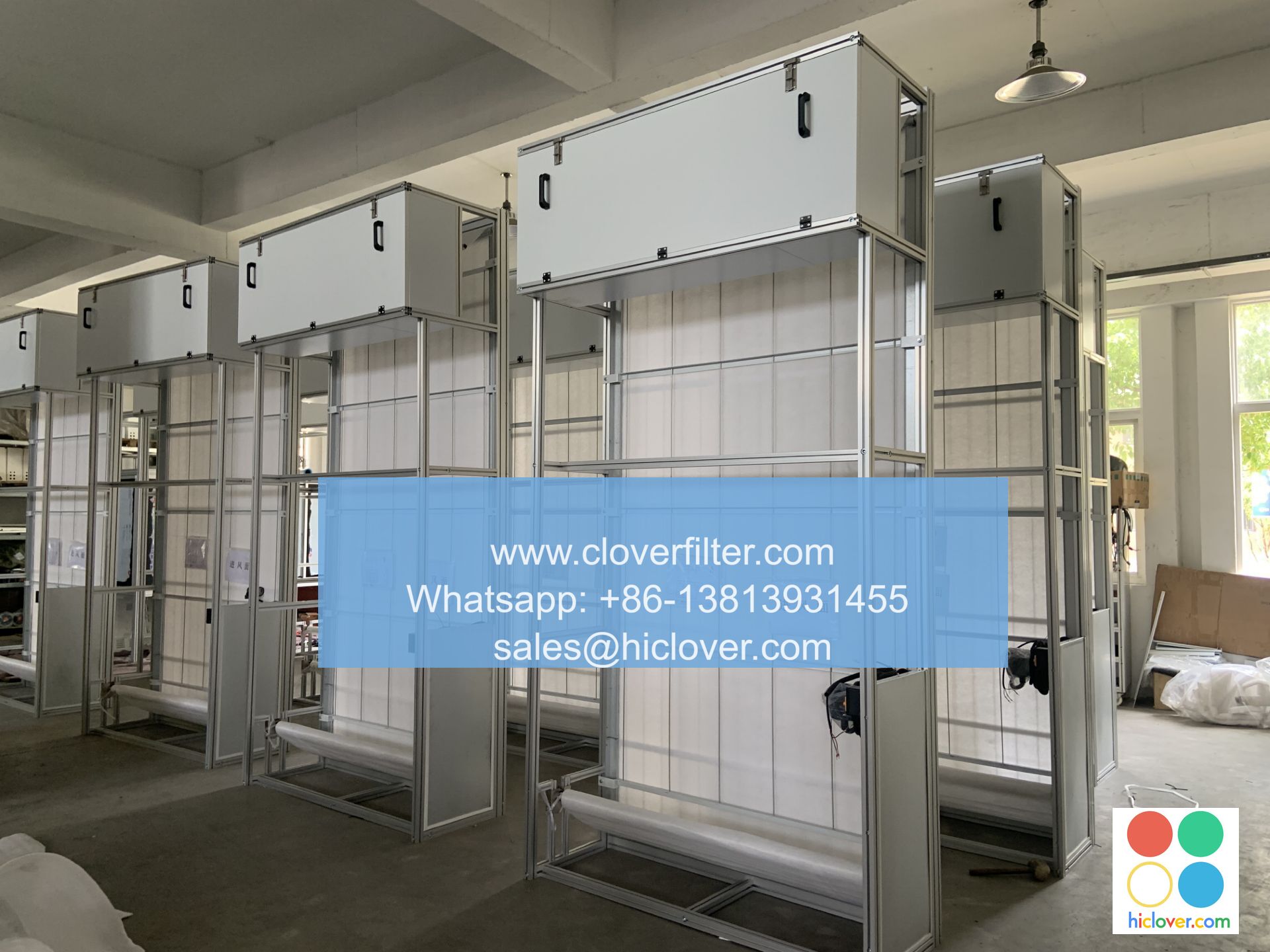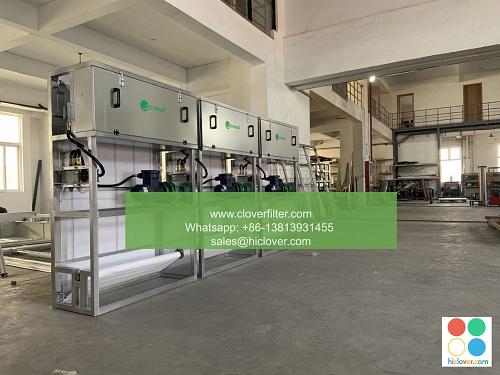The Impact of Nanotechnology on Air Filter Design and Standards

The integration of nanotechnology in air filter design has revolutionized the way we approach air purification, significantly enhancing the efficiency and effectiveness of air filtration systems. By leveraging the unique properties of nanomaterials, such as nanofibers, nanoparticles, and nanocomposites, air filter manufacturers can now create filters that are not only more efficient but also more durable and environmentally friendly.
Improved Filtration Efficiency with Nanotechnology
The application of nanotechnology in air filter design has led to the development of filters with high-efficiency particulate air (HEPA) capabilities, capable of capturing 99.97% of particles as small as 0.3 microns. This is achieved through the use of nanofiber-based filters, which provide a larger surface area for particle capture, resulting in improved filtration efficiency and reduced pressure drop. Additionally, nanoparticle-coated filters have been shown to be effective in capturing volatile organic compounds (VOCs) and other gaseous pollutants, further enhancing the overall air purification performance.
Nanotechnology-Enabled Air Filter Standards
The increasing use of nanotechnology in air filter design has also led to the development of new standards and regulations for air filter testing and certification. Organizations such as the American Society of Heating, Refrigerating and Air-Conditioning Engineers (ASHRAE) and the International Organization for Standardization (ISO) have established guidelines for the testing and evaluation of air filters, including those incorporating nanotechnology. These standards ensure that air filters meet minimum requirements for filtration efficiency, pressure drop, and other performance metrics, providing consumers with confidence in the effectiveness of their air filtration systems.
Application Areas for Nanotechnology-Enabled Air Filters
The application of nanotechnology in air filter design has far-reaching implications for various industries and sectors, including:
* Aerospace and Defense: Nanotechnology-enabled air filters are used in aircraft cabins and military vehicles to provide improved air quality and protection against biological and chemical threats.
* Healthcare: Nanofiber-based filters are used in hospital ventilation systems to capture hospital-acquired infections and other airborne pathogens.
* Industrial and Commercial: Nanotechnology-enabled air filters are used in industrial processes and commercial buildings to improve air quality, reduce energy consumption, and minimize equipment maintenance.
* Residential and Consumer: Nanofiber-based filters are used in home air purification systems to provide improved air quality and relief from allergies and asthma.
Future Directions and Challenges
While nanotechnology has revolutionized air filter design, there are still challenges to be addressed, including the scalability and cost-effectiveness of nanotechnology-enabled air filters. Additionally, the environmental impact of nanomaterials and the potential health risks associated with their use must be carefully evaluated and mitigated. As research and development continue to advance, we can expect to see even more innovative applications of nanotechnology in air filter design, leading to improved air quality, reduced energy consumption, and enhanced public health. It seems like you forgot to include the prompt. Could you please provide more details or clarify what you would like to know or discuss? I’m here to help with any questions or topics you’re interested in.

